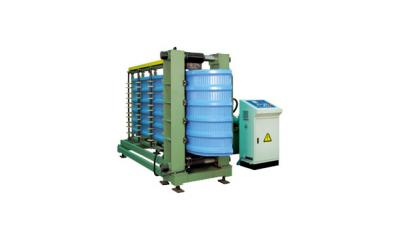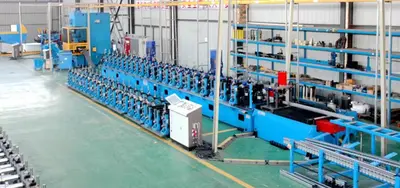How are Sandwich Panels Installed on a Wall or a Roof?
Sandwich panels, also known as composite panels, consist of two outer layers and a core material in between. These panels are widely used in construction due to their thermal insulation properties, lightweight nature, and versatility.
What are Sandwich Panels?
Sandwich panels are made up of various materials such as metal, fibreglass, or foam, offering a combination of strength and insulation. The core material provides insulation while the outer layers add structural integrity.
Tools and Materials Needed
Before starting the installation process, gather the necessary tools and materials, including panels, adhesives, measuring tape, screws, drill, sealant, and safety gear.
Pre-Installation Preparation
Ensure that the surface where the panels will be installed is clean, dry, and free from any debris. This promotes better adhesion and a smoother installation process.
Installing Sandwich Panels on Walls
Marking and Measuring
Measure the area where the panels will be installed and mark the positions of the panels accordingly. Accurate measurements are crucial for a seamless installation.
Applying Adhesive
Apply a suitable adhesive to the back of the panels. This adhesive helps in bonding the panels to the wall and provides additional insulation.
Panel Placement
Carefully place the panels on the marked positions, ensuring they fit snugly. Press firmly to ensure proper adhesion.
Securing Panels
Use screws to secure the panels in place. Make sure to place the screws at designated intervals to ensure stability.
Installing Sandwich Panels on Roofs
Creating a Support Structure
Before installing panels on the roof, create a support structure to hold the panels. This structure can be made of wood or metal, depending on the design and load-bearing capacity.
Panel Placement and Fastening
Place the panels on the support structure and fasten them using screws or clips. Ensure that the panels overlap slightly to prevent water leakage.
Sealing Joints
Apply a high-quality sealant to the joints between panels. This prevents water infiltration and enhances the panels' insulation properties.
Jinggongmachine can offer high-tech sandwich panel production line including:
Sandwich panel machine
PU sandwich panel machine
Polyurethane sandwich panel production line
Mineral wool sandwich panel line
Contact us for more help.


 CN
CN
 EN
EN
 fr
fr  de
de  es
es  it
it  ru
ru  pt
pt  ar
ar  th
th  pl
pl  ro
ro 







 Call us on:
Call us on:  Email Us:
Email Us:  #1809, Jianhu Rd, Keqiao, Shaoxing, Zhejiang, China
#1809, Jianhu Rd, Keqiao, Shaoxing, Zhejiang, China 